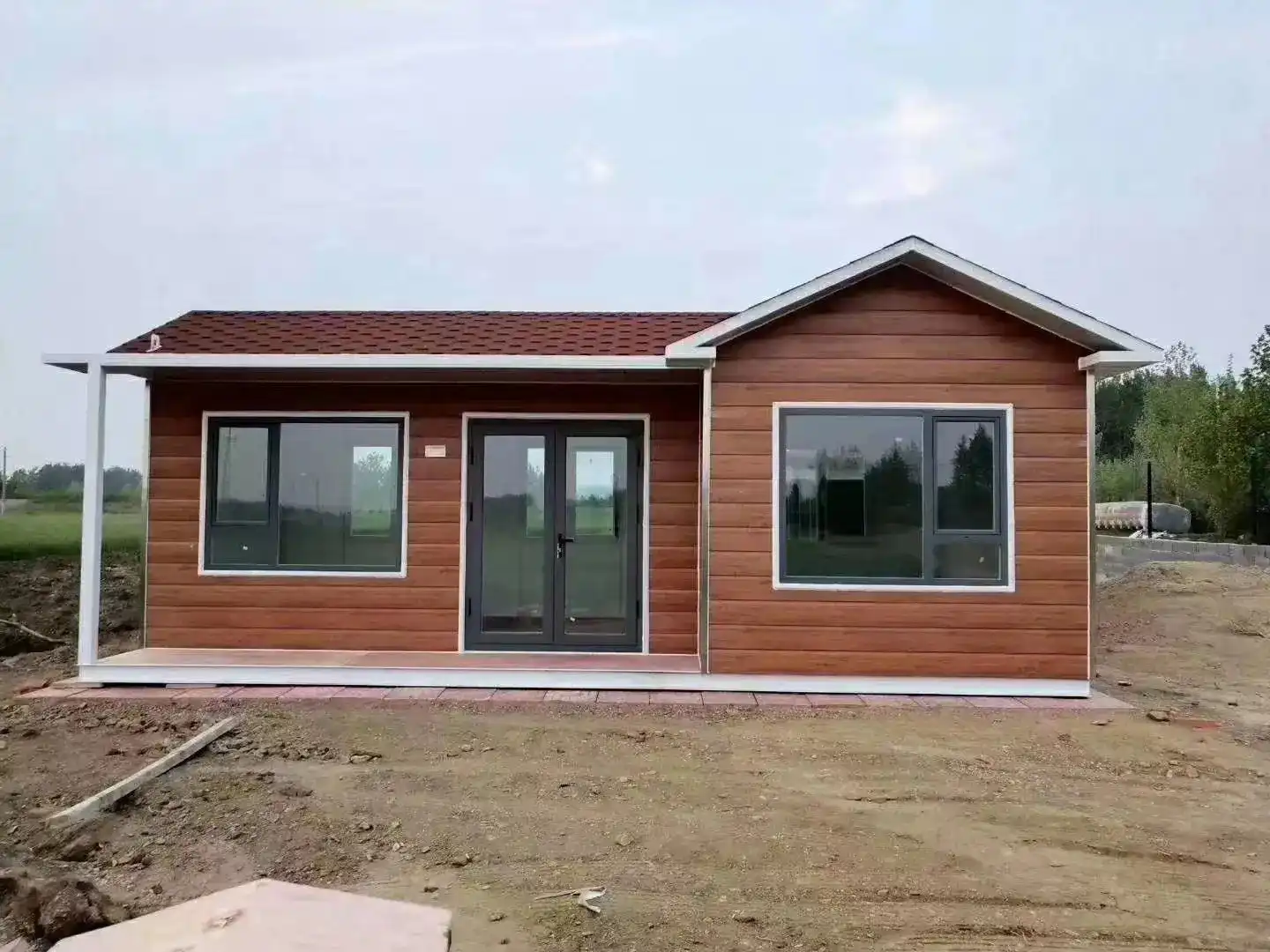Understanding Thermal Insulation Panel Properties
Thermal insulation panels are engineered to provide superior heat barrier properties, making them an indispensable component in modern construction. These panels significantly reduce heat transfer, contributing to lower energy costs and enhanced comfort in both residential and commercial buildings. To make an informed decision, it's essential to understand the key properties that define the performance of thermal insulation panels.
Thermal Conductivity and Resistance
The effectiveness of a thermal insulation panel is primarily determined by its thermal conductivity and resistance. Thermal conductivity, measured in W/m.k, indicates the material's ability to conduct heat. A lower value signifies better insulation properties. For instance, high-quality thermal insulation panels can have a thermal conductivity as low as 0.018W/m.k, showcasing exceptional insulation capabilities.
Conversely, thermal resistance, expressed in m2k/w, represents the material's ability to resist heat flow. A higher value indicates better insulation. Premium thermal insulation panels can achieve a thermal resistance of 2.09m2k/w or higher, ensuring optimal temperature regulation within the building envelope.
Fire Resistance and Safety
Fire safety is paramount in building materials, and thermal insulation panels are no exception. Look for panels with a fire-protection rating of B1 or B2, which indicates high flame resistance. These ratings ensure that the panels meet strict fire safety standards, enhancing overall building safety and compliance with regulations.
Durability and Weather Resistance
The longevity of thermal insulation panels is crucial for maintaining long-term performance. Opt for panels that exhibit high durability and weather resistance. Features to consider include:
- Waterproof Rate: A low waterproof rate, such as 0.0008, indicates excellent moisture resistance, preventing water infiltration and potential damage.
- Wind Resistance: Panels with high wind resistance, like 8.0 Kpa, ensure stability in various weather conditions.
- Compressive Strength: A compressive strength of 52.7kpa or higher demonstrates the panel's ability to withstand pressure without deformation.
These properties collectively contribute to the panel's ability to maintain its insulation performance over time, even when exposed to harsh environmental conditions.
Customization and Design Flexibility
While the primary function of thermal insulation panels is to provide energy efficiency, their aesthetic appeal and design flexibility should not be overlooked. Modern thermal insulation panels offer a range of customization options to suit various architectural styles and project requirements.
Dimensional Versatility
Thermal insulation panels are available in various dimensions to accommodate different wall configurations:
- Thickness: Interior panels typically measure 10mm, while exterior panels come in 16mm or 20mm options, catering to different insulation needs.
- Width: Exterior panels often have a width of 383mm, while interior panels may measure 450mm, allowing for efficient coverage and installation.
- Length: Custom lengths are available to minimize waste and ensure a perfect fit for any project.
This dimensional flexibility enables architects and builders to optimize insulation performance while adhering to specific design requirements.
Surface Materials and Finishes
The surface materials of thermal insulation panels play a crucial role in both aesthetics and durability. Panels are available with surface material thicknesses ranging from 0.23mm to 0.27mm, offering a balance between protection and weight. These surfaces can be customized with various colors and patterns, allowing for creative design expressions that complement or enhance the overall architectural vision.
Interior and Exterior Applications
Versatile thermal insulation panels are suitable for both interior and exterior walls, offering multi-functional solutions for comprehensive building insulation. This adaptability allows for seamless integration of insulation throughout the structure, maximizing energy efficiency and comfort.
Environmental Considerations and Performance
In an period of expanding natural mindfulness, the environmental affect of building materials is a basic thought. Warm separator boards not as it were contribute to vitality effectiveness but can moreover be portion of a broader maintainability methodology in development.
Energy Savings and Comfort
The essential advantage of high-performance warm separator boards is their capacity to essentially decrease vitality utilization for warming and cooling. By maintaining a stable indoor temperature, these panels contribute to:
- Lower energy bills for building occupants
- Reduced carbon footprint associated with climate control
- Enhanced indoor comfort through consistent temperature regulation
The superior thermal performance of these panels translates directly into tangible benefits for both the environment and building users.
Sustainable Materials and Production
When selecting thermal insulation panels, consider products that are manufactured with sustainability in mind. Look for panels that:
- Incorporate recyclable materials in their composition
- Are produced using energy-efficient manufacturing processes
- Offer long lifespans, reducing the need for frequent replacements
Some manufacturers are committed to environmental stewardship, producing eco-friendly thermal insulation panels that contribute to green building certifications and sustainable construction practices.
Installation and Maintenance Efficiency
The environmental impact of thermal insulation panels extends beyond their inherent properties to include installation and maintenance considerations. Opt for panels that offer:
- Lightweight design for easy handling and reduced transportation emissions
- Simplified installation processes that minimize on-site waste and energy use
- Low maintenance requirements, reducing the need for replacements or repairs over time
These factors contribute to the overall sustainability of the building project, from construction through to long-term operation.
Conclusion
Selecting the right thermal insulation panels for walls is a critical decision that impacts energy efficiency, comfort, and sustainability. By considering factors such as thermal performance, fire resistance, customization options, and environmental impact, you can make an informed choice that aligns with your project goals and regulatory requirements. Remember to evaluate the specific needs of your building, consult with experts, and choose panels that offer a balance of performance, aesthetics, and long-term value. For more information on high-quality thermal insulation panels and expert guidance, contact us at info@sdqsc.com.